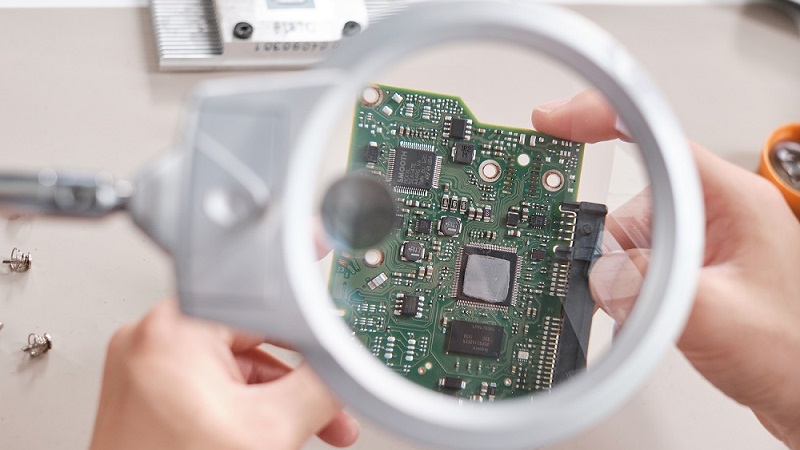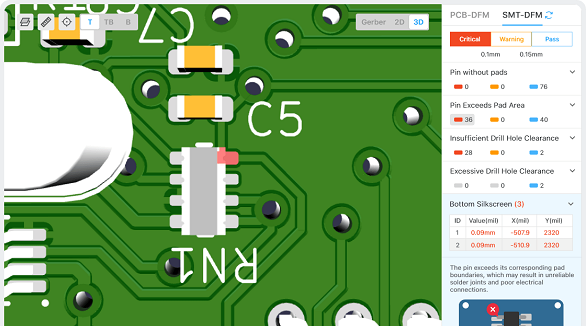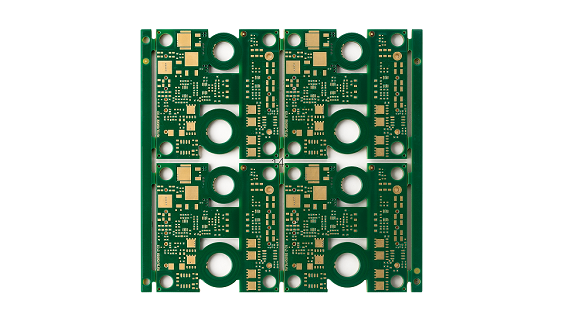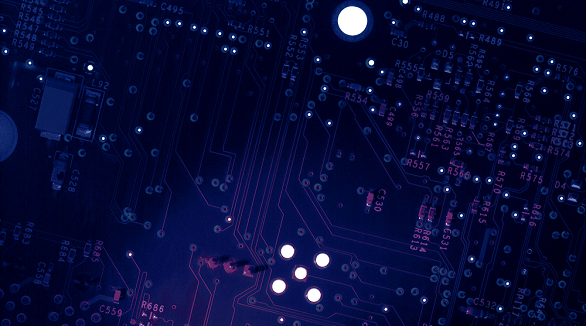Why is PCB Green?
Green PCBs reduce visual fatigue, enhance error detection, and are cost-effective due to military influence and industry standards. However, other colors like red, blue, black, and white are also available for specific needs.
It's not necessary for printed circuit boards to be green. Using different colors to distinguish or customize different PCBs might have several advantages. PCBX offers conventional colored PCBs in Green, Blue, Black, Red, and White, as well as bespoke colors or corporate hues upon request.
Why Are PCBs Usually Green?
Now, let's talk about PCB colors. If you want to gain more professional knowledge, please read the content below.
Green Reduces Visual Fatigue and Improves Inspections
At the dawn of technology, due to the technological development level at that time, quality control testing relied on workers checking the boards manually with their naked eyes. It's exhausting to gaze over small circuits all day, yet both neurologists and psychologists agree that the wavelength of green light relaxes the body and reduces weariness. Furthermore, they discovered that human eye sensors, known as cones, are especially sensitive to green light. As a result, there will be more contrast between the circuit traces, pads, silkscreen printing, and blank spaces. When viewing the boards from the outside, it is clear that faults in the outer layers are immediately identifiable. The increased contrast makes it easy to find errors This is evident from green-colored boards compared to other colors like blue, yellow, black, or white.

The Military Role in PCB Development
People tend to believe that the color green was chosen due to the military. The color ranges of PCBs were even researched by the United States military, which concluded that green was the best color, especially after testing the Boards under unfavorable conditions. According to this research, the military standardized PCBs as green in hue. Because the companies who created the boards for the military also made them for non-military entities, there was little need to make boards in different colors because most PCBs are hidden from the end users.
Cost Efficiency
Solder masks are created using a silkscreen process, in which a large volume of oil is splattered onto a screen mesh, followed by the circuit board underneath. The application is then withdrawn to dry before being reapplied under the mesh. Because the industry's major goal was to reduce costs, green PCBs were standard because other colors were more expensive to create.
When a different color solder mask is necessary, the excess solder mask oil must be removed from the silkscreen and cleaned before the new color can be placed. Adding more silkscreen stations for other colors is another alternative, although this usually generates chemical waste if it is not in use regularly, which reduces time and efficiency.

Contrast
A white silkscreened ident is frequently printed on the component side of rigid boards, and green gives the highest contrast for this layer, allowing human-readable writing. Peter Skippings, one of the co-founders of Artetch Circuits in the late 1960s, stated that green possessed the appropriate heat resistance for the roller tinning process for exposed copper pads on the board. Thus, only green was utilized because it met all operating requirements satisfactorily.
Are Green PCBs Necessary?
Most PCBs are green, however this color is not required, because this color of a PCB does not affect the performance or the device it powers but does affect the resolution and makes the solder mask harder to see on different colored boards. Other than green, red, blue, black, and white are commonly used. All colors of the rainbow can, however, be found on some circuit boards.
Colors are frequently linked to distinct sections of a device. Most computers, for example, have green motherboards, which assist technicians in identifying the core PCB. Other boards are used for lesser activities and may be color coded to indicate their functions.
However, non-green circuit boards can be difficult to work with. For example, the black ones overheat under pressure, whilst the white ones stay unreadable. For this reason, red appears to operate better due to its high color contrast, whereas blue is recommended for visual comfort.
Finally, while green PCBs remain the standard for historical, practical, and budgetary reasons, all other hues are available because manufacturers provide their devices in colors that meet specific demands or are fashionable.
Hot Tags:
Contact us

If you can't find what you're looking for, please contact us.
Article

The article is developed concerning the breakthrough of integrated circuits and the need for custom PCBs in some electronic products. It enumerates ten golden rules in conducting PCB layout design and manufacturing: grid selection, routing, power layers, component placement, panel duplication, component value combination, frequent DRC, flexible silkscreen use, decoupling capacitors, and pre-production parameter checks. These rules provide for the optimum design and manufacturing of a PCB.

Most electronic circuits are mounted on PCBs, or Printed Circuit Boards, which provide mechanical support and electrical interconnection of electronic components. There are, however, special applications that involve the use of single and double-sided PCBs, multi-layer PCBs, or even rigid and flexible PCBs with aluminum backing, targeting medical, industrial, auto, and aerospace industries. They may use materials such as fiberglass, epoxy, aluminum, and others.

The article explains the current situation of Printed Circuit Boards and future development based on efficient production helped by advanced software and manufacturing processes. Future technological developments are in store for 3D Printed Electronics, flexible PCBs, eco-friendly biodegradable PCBs, and board cameras. It elaborates on other powerful automation tools that are going to make the entire PCB design process efficient in the near future. All of them will further improve and develop with the technological advances in PCBs, keeping up with the ever-increasing industry and consumer demands.